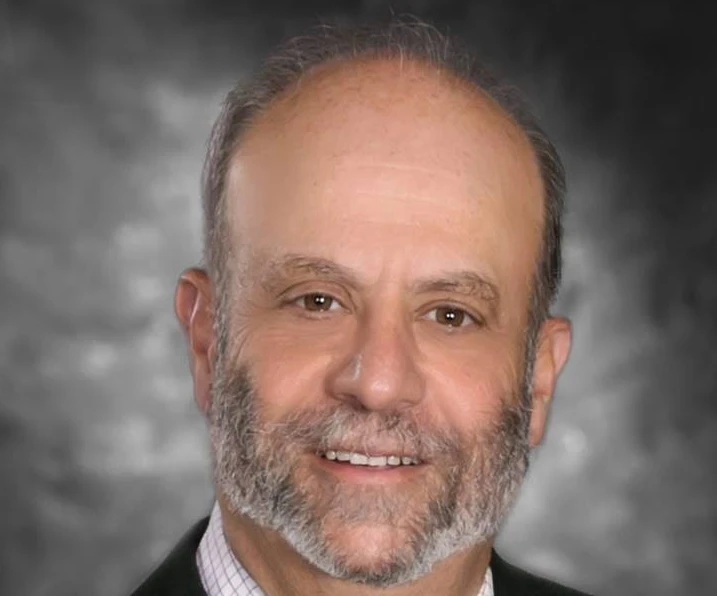Esports for everyone

In the first of a series on the future of esports and gaming, Michael Pollock argues that the future will belong to those prepared to defy conventional boundaries and target multiple demographics
Harrah’s Resort in Atlantic City recently held an esports tournament in which 44 tables of four players were set up. The seats were filled, and the atmosphere was tense. Players, who had spent countless hours perfecting their skills, clenched their jaws and settled into their seats.
As the words such as “four bam” and “three crack” filled the air, chit-chat had ceased, and serious competition had commenced.
Notably, if you were looking for a 16- or 18-year-old in this group, you would have had to rifle through the wallets of the participants to find pictures of their grandchildren. Indeed, if you had asked any of the gladiators in the room how long they have been playing esports, the response would have been issued in two parts.
Part 1: “Sssh. Can’t you see I’m playing?”
Part 2: (After a brief pause) “E-what?”
For those who are still clueless as to the nature of this particular battlefield, we have one word for you: Mahjong.
The demographics of the player could be described as overwhelmingly female (a handful of males were sprinkled among the players), over 50, with significant disposable income and an equally valuable commodity: prodigious amounts of free time to fill afternoons on a Monday and Tuesday.
In every sense, this was an esports conclave, although the tournament was not billed as esports, and was a four-wall event in which Harrah’s played no role, other than to rent the room.
Harrah’s benefited in multiple ways, in multiple cash registers, from hotel revenue (many of the participants had traveled 50 or miles to play) to food-and-beverage, to slot revenue (American mahjong players tend to prefer slots, based on our observation).
When we meet with our client base, we lay down certain rules of the road:
• Rule 1: Leave your present conception of esports at the door.
• Rule 2: ESports can serve multiple functions, including serving as a marketing tool that relies on a rifle-like approach, rather than a shotgun approach. In other words, offerings can be tweaked to target groups ranging from the oft-cited millennials to their grandparents, and to every group in between.
• Rule 3: Be creative in your approach, and think outside the proverbial box (in other words, when in doubt, see Rule 1 above).
• Rule 4: Do something.
The world is changing, and the traditional gaming industry must change with it. It is easy and simple to stick with existing formulas. That is the working model that served so many leading companies for so many years, from Kodak and Xerox to Sears and K-Mart.
The gaming industry is taking an increasingly closer look at eSports, and they are correctly shocked at some of the findings.
At Spectrum ESports Advisors, we support the notion put forth recently by Goldman Sachs, which wrote: “ESports viewership is already outpacing some major league sport audiences.”
The report notes, for example, that 2017 viewership of the League of Legends championships outpaced viewership of the World Series, NBA finals and the Stanley Cup Finals. Quite notably, League of Legends viewership outpaced the Stanley Cup viewership by a margin of more than 5-1.
Branded tournaments such as League of Legends, which attract a younger demographic, are desirable and need to be critical arrows in the quivers of every gaming operator seeking to participate in esports.
But if targeting millennials is your sole goal, you will be violating Rule 5: Don’t assume that the games millennials play today will be the games that millennials will play in 2024, 2030 and beyond.
All of this brings us to Rule 6: Follow the conventional wisdom at your own peril.
Experience dictates that the conventional wisdom in gaming has been wrong more often that it has been right. If every casino operator had followed conventional wisdom, table games (particularly craps) would have been dismantled years ago, and sold for firewood.
The smarter players in esports will be those who have the flexibility and the imagination to broaden their offerings and sharpen their marketing efforts to adapt to changing times, and to target different demographics.
Esports and gaming will evolve in coming years (a topic we will address further in coming analyses) but suffice it to say that the evolution will encompass esports:
• As an amenity (think mahjong or boxing)
• As a player-vs-player activity (think poker)
• As a pari-mutuel activity (think of traditional pari-mutuel sports)
• As a straight betting proposition (think of sports betting)
This evolution will neither be easy, and pitfalls will emerge. That is inevitable.
It is also inevitable, however, that the future of esports belongs to those with the gumption to defy conventional practices. We are not advocating mahjong as the next frontier in esports.
Rather, we are advocating a new way of looking at the world to uncover multiple frontiers, targeting multiple demographic groups with multiple offerings.
With that in mind, the final question in this tournament is: What does the “e” in esports stand for?
In our mind, it stands for “everything.”
Michael Pollock is Principal, Spectrum eSports Advisors, a strategic alliance between Spectrum Gaming Sports Group and Millennial Esports' Executive Chairman Alex Igelman, established to provide guidance, advisory, and oversight service to policymakers, gaming operators and others who seek to engage in esports.
